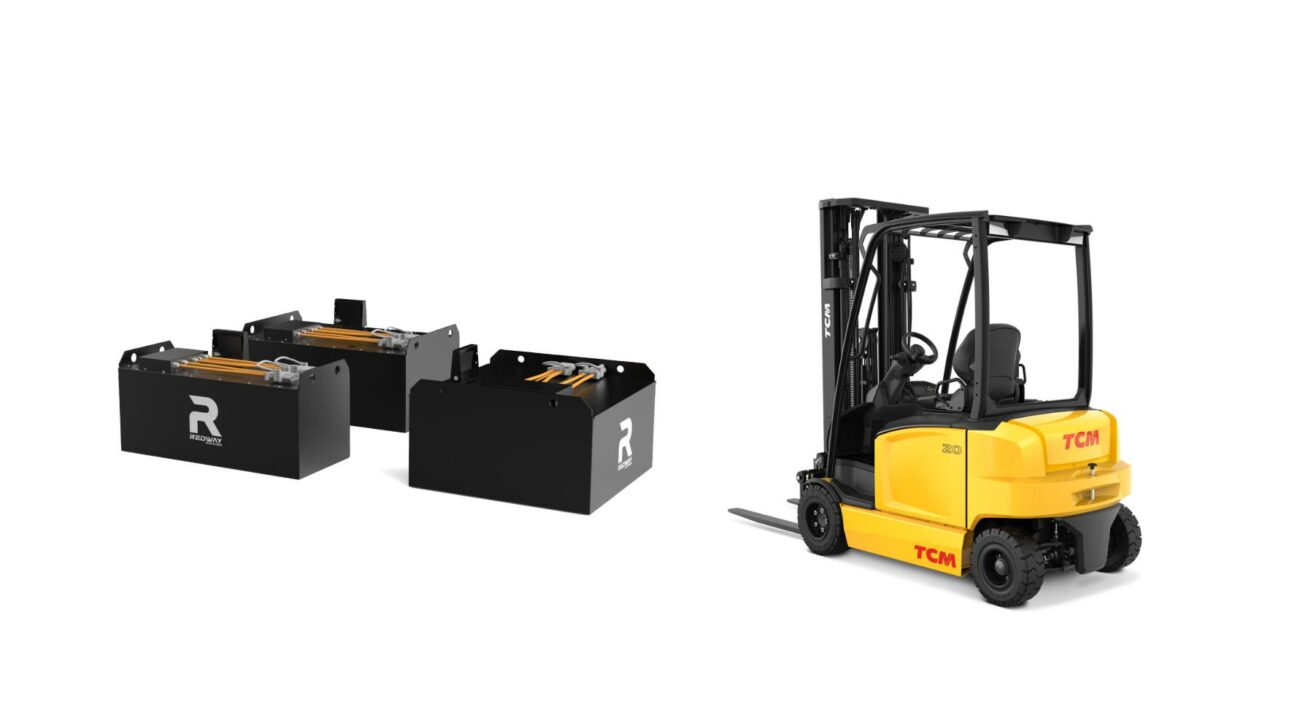Upgrade your forklift when operational costs rise, safety risks emerge, or productivity lags. Modern forklifts offer advanced technology, energy efficiency, and compliance with safety regulations. Regular upgrades reduce downtime, enhance load capacity, and align with sustainability goals. Evaluate if repairs exceed 50% of a new unit’s cost or if newer models provide critical operational benefits.
48V 300Ah Lithium Forklift Battery
How Does Upgrading Improve Workplace Safety?
New forklifts feature stability systems, collision avoidance sensors, and ergonomic designs that reduce accidents. Outdated models lack modern safety protocols, increasing injury risks. For example, lithium-ion batteries eliminate acid leaks, while LED lighting improves visibility. OSHA reports show upgraded fleets reduce workplace incidents by 34%.
What Cost Savings Do Modern Forklifts Provide?
Electric models cut fuel expenses by 60% and require 40% less maintenance than internal combustion counterparts. Predictive telematics minimize unplanned repairs, while regenerative braking extends brake life. A Yale study found warehouses save $8,100 annually per upgraded forklift through energy efficiency and reduced part replacements.
Beyond direct fuel savings, modern electric forklifts reduce indirect costs through precision energy management. For instance, Komatsu’s 2024 models feature adaptive power modes that cut energy use by 22% during partial-load operations. Fleet managers report 18% lower insurance premiums due to enhanced safety tech meeting insurer requirements. The table below illustrates 5-year savings comparisons:
| Cost Category | Electric (2024) | IC (2019) |
|---|---|---|
| Fuel/Energy | $14,200 | $38,500 |
| Maintenance | $9,800 | $16,400 |
| Downtime Losses | $3,100 | $11,200 |
Which Technologies Make New Forklifts Superior?
AI-powered load optimization, hydrogen fuel cells, and IoT-enabled fleet management systems dominate upgrades. Toyota’s latest models include automated speed adjustment for uneven loads, while Cat® trucks integrate real-time battery health monitoring. These innovations boost precision in narrow aisles and enable data-driven maintenance scheduling.
Hydrogen fuel cell technology now achieves 8-hour continuous operation with 3-minute refueling, outperforming lithium-ion in high-throughput environments. Jungheinrich’s ETR 2350 series uses LiDAR mapping to navigate dynamic warehouses autonomously. The integration of 5G connectivity allows fleet managers to monitor 15+ performance metrics remotely, reducing manual inspections by 73%. Advanced stability algorithms in Hyster trucks automatically counterbalance loads exceeding 80% capacity limits, preventing tip-overs in racking systems.
Why Is Battery Life Critical in Upgrade Decisions?
Lithium-ion batteries offer 3x lifespan vs. lead-acid, with 1-hour fast charging eliminating shift downtime. Redway’s 48V systems maintain 85% capacity after 4,000 cycles, unlike traditional batteries degrading after 1,200 cycles. Upgraded thermal management prevents capacity loss in cold storage, crucial for food logistics operations.
How Do Upgrades Impact Environmental Compliance?
EU Stage V and EPA Tier 4 regulations mandate lower emissions, which 2024 electric/ hydrogen models meet effortlessly. California’s AB 617 penalties make diesel forklifts financially unsustainable. Hyundai’s hydrogen-powered trucks produce only water vapor, helping companies achieve net-zero targets while qualifying for green tax credits.
When Does Maintenance Frequency Signal an Upgrade Need?
If monthly repairs exceed 7% of the forklift’s residual value or downtime surpasses 15 hours/month, replacement becomes urgent. Crown’s SmartLink data shows upgraded fleets reduce maintenance visits by 62% through self-diagnosing modules and wear-predicting algorithms.
What Resale Value Can You Expect From Old Forklifts?
2018–2020 IC models retain 45–50% value after 5,000 hours, while pre-2017 electric units drop below 30%. Auctions show Mitsubishi’s 2022 electric pallet jacks fetch 68% of original price vs. 41% for 2018 models. Strategic upgrades during model refresh cycles maximize trade-in returns.
How Do Warranties Compare Between Old and New Models?
2024 forklifts average 5-year powertrain warranties covering 10,000 hours—double 2019 terms. Redway’s battery warranties now include 8-year coverage for 80% capacity retention. Outdated warranties often exclude critical components like mast chains and controller boards, leaving firms vulnerable to $4,200+ repair bills.
Can Upgraded Forklifts Handle Higher Load Capacities?
Modern 3-wheel electric models lift 4,000 lbs at 20% narrower turns than 2010-era trucks. Hyster’s H2.5XD series achieves 15,000-lb capacity with 35% less wheelbase. Upgraded mast designs provide 263″ lift heights vs. traditional 216″ limits, crucial for automated storage systems.
Expert Views
“The ROI horizon for forklift upgrades has shrunk from 5 to 2.3 years due to lithium-ion adoption,” notes Redway’s CTO. “Our clients see 14-month payback periods by combining energy savings, automation readiness, and reduced OSHA fines. The key is phasing out trucks before critical component failures—once transmission repairs hit $3K, replacement eclipses repair costs.”
Conclusion
Upgrading forklifts is no longer optional but a strategic necessity. From AI-driven efficiency gains to regulatory compliance, modern equipment delivers measurable ROI while future-proofing operations. Assess your fleet against maintenance benchmarks, safety standards, and technology gaps—delaying past 8,000 operational hours risks cascading costs that outweigh capital investment hesitations.
FAQs
- How long do forklift upgrades typically take?
- Deployment takes 3–8 weeks, including training and infrastructure prep. Redway’s turnkey programs minimize downtime through phased rollouts.
- Do electric forklifts work in cold environments?
- Yes—lithium-ion batteries with thermal management operate at -22°F, unlike lead-acid failing below 14°F. Models like the Toyota Traigo 48V excel in freezer applications.
- What financing options exist for upgrades?
- Lease-to-own agreements cover 90% of upgrades, with $0-down options. The US DOE’s 45L tax credit offers $1,800 per electric forklift through 2032.



